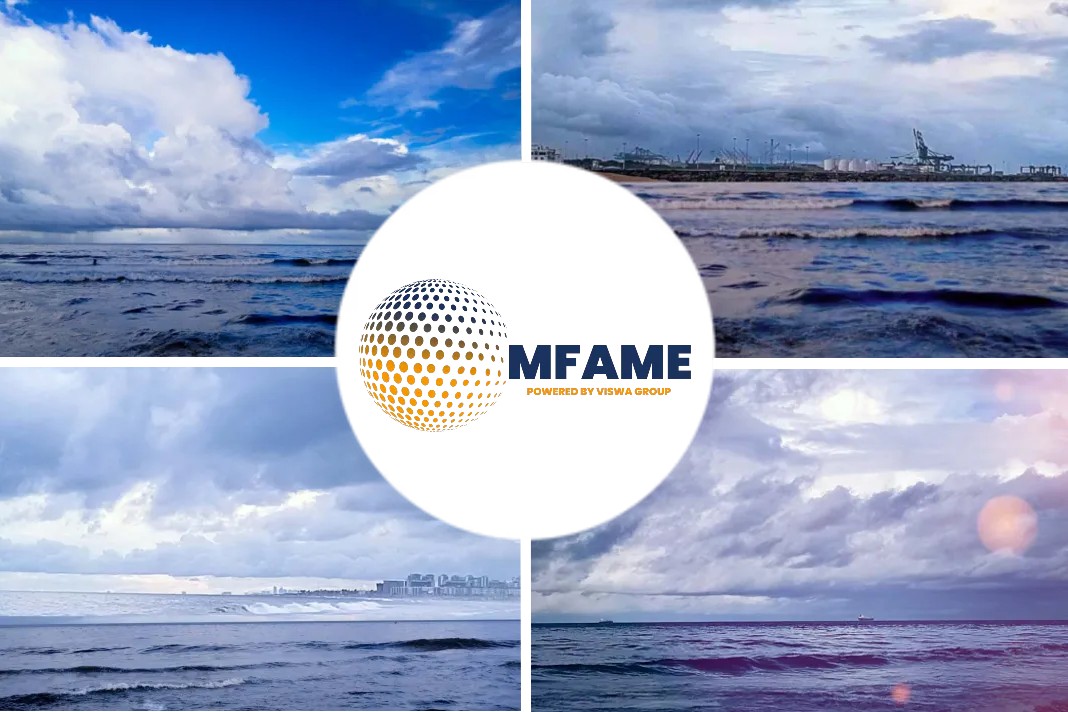Technological and regulatory challenges to achieve IMO’s greenhouse gas reduction target by 2050 was discussed at the Maritime Hybrid & Electric Conference, reports Riviera Maritime Media.
Global climate change
Director of Norway’s Department for Marine Management and Pollution Control, Sveinung Oftedal delivered the keynote address at the Maritime Hybrid & Electric Conference in Bergen.
The specialist said global climate change was forcing governments, regulators and industry to act.
“The momentum is growing, and unfortunately it is because severe climate change is happening and [becoming better] understood among most IMO member states,” he said.
Mandate on 50% GHG emissions
Noting that volumes of global trade in shipping are set to grow significantly by 2050, when IMO has mandated at least 50% in greenhouse gas emissions reduction over 2008 levels, Mr Oftedal said improvements had to come from the industry as well its regulators.
He said, “The performance of each individual ship needs to be improved significantly to reduce the total environmental burden from shipping. That makes the challenge quite significant for all of us and also for the regulators.”
One facet of this challenge is working to find a balance between creating a sustainable global economy and a sustainable global ecology, he said.
“You need to come to the magical point at which it is more important to solve [the crisis] than challenge [it],” said Mr Oftedal, noting that shipping had successfully addressed a similar dilemma in the past.
Exxon Valdez oil spill disaster
He cited the Exxon Valdez oil spill disaster in 1989, which led to rapid adoption of regulations in the 1990s mandating new tankers be constructed with double hulls and requiring that existing single-hulled tankers be phased out.
Shipowners at the time feared the move could have potentially huge negative implications for the tanker industry, but, as Mr Oftedal noted, oil continues to be transported around the globe by tankers, and with fewer oil spills.
Larger reduction in GHG emissions
Setting out a clear goal, he said vessels constructed between 2040-2050 will need to reduce emissions by 85%-95% compared to vessels built today.
To achieve such a dramatic reduction requires ironclad regulations mandating efficiency improvements and new technologies, he said.
A fuel shift is inevitable if the 2050 target is to be met, according to Mr Oftedal, impacting vessel technology and global infrastructure, and requiring new types of fuel to be available in ports worldwide.
Among the measures agreed on to ensure regulators can enable these changes, Mr Oftedal listed the development of carbon-intensity guidelines for low- and zero-carbon fuels. He noted that work has only just begun on the guidelines, which he considered a cause for alarm.
Zero emission solutions by Norway
Nationally spearheaded policies are another key element in meeting the targets, Mr Oftedal said, sharing examples of Norway’s approach.
Norway has a target of reducing overall emissions by 50% by 2030, as well as introducing low- and zero-emissions solutions in all maritime vessel categories.
He said Norway is behind schedule, with many existing vessels still operating on standard diesel engines. However, he highlighted that the orderbook shows a greater number of low- and zero-emissions-capable vessels coming down the line.
He also highlighted that Norway is supporting development of IMO’s regulatory framework, and has initiated a programme to assist developing countries in making the transition to lower-emissions shipping.
“We are going into an even more challenging period and to regulate the ambition is not that easy,” he said.
He also added, “Although I’m optimistic that we will do it, there will be very complicated negotiations in the coming years – but the momentum is growing.”
Did you subscribe to our daily newsletter?
It’s Free! Click here to Subscribe!
Source: Riviera Maritime Media





















